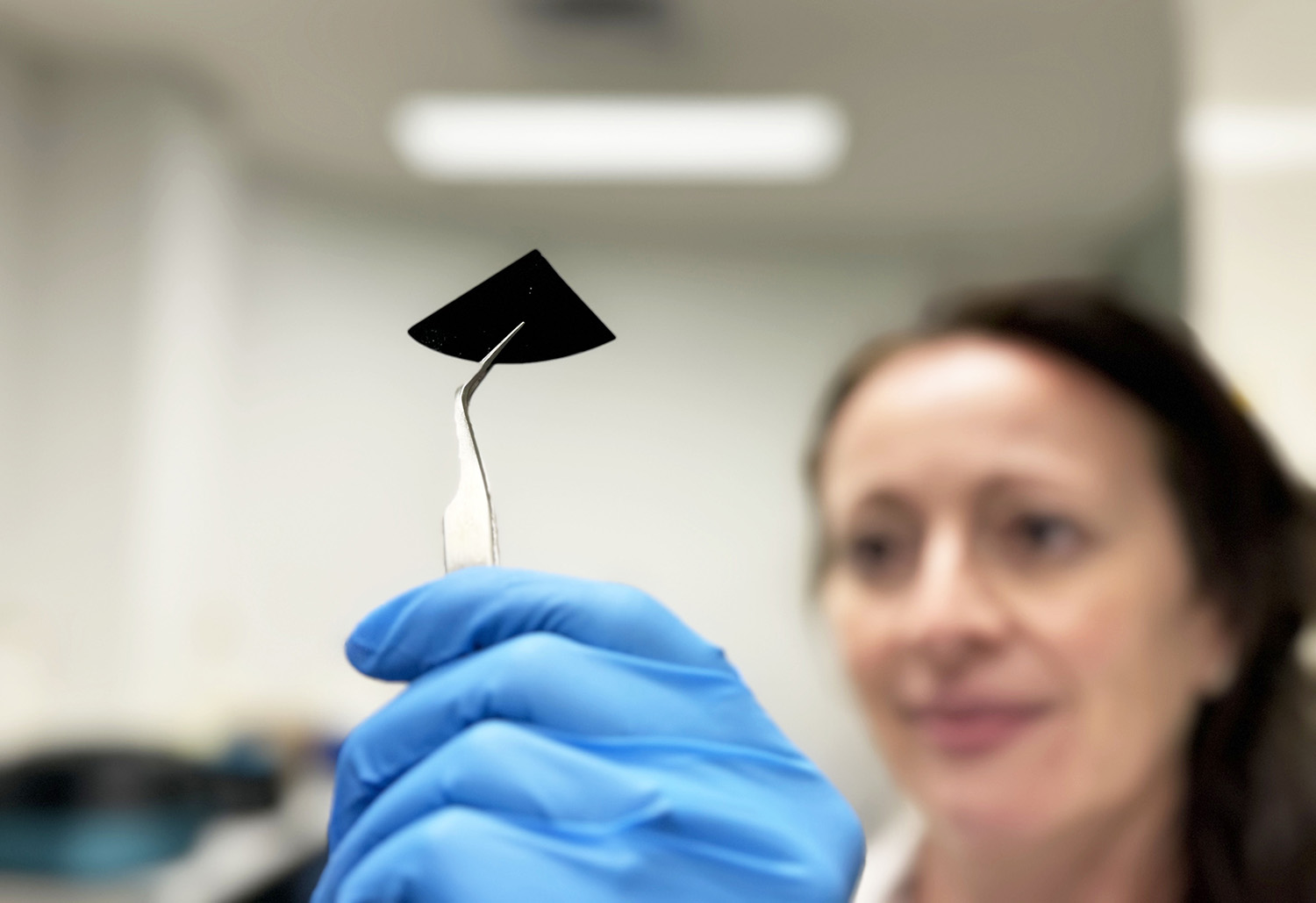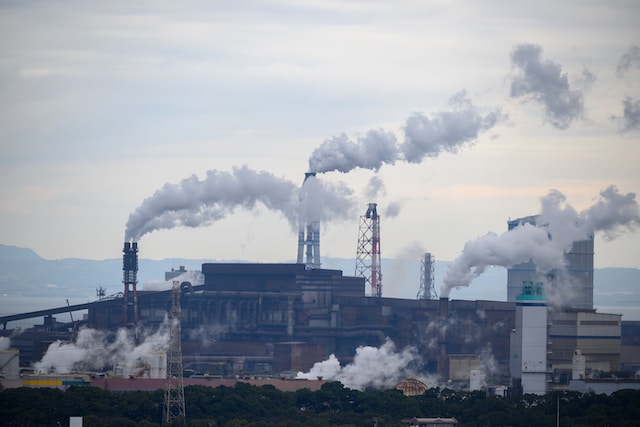Predictions are that by 2049, a $1,000 computer will exceed the computational capabilities of the entire human species. If this is true, and technological innovation continues to occur at the current pace in hardware, sensors and software, it is not a question of if an automated robot will take your job but when. That being said, technological change has most often led, over time, to more job opportunities for humans, not less.Courtesy of: PDF Supply – Supplier of GE Fanuc & Allen-Bradley PLC’s
Embed This Image On Your Site (copy code below):
Learning From The Past & Imagining The Future
Looking back at the effects of previous technological revolutions on human work such as the invention of the printing press, the industrial revolution, the invention of the atomic bomb and the advent of computers, the great majority of human life was radically and irreversibly transformed. And change always brings with it major disruptions and challenges for those who are habituated to the roles and institutions of their time. One of the major differences between these previous watersheds and the current time is the pace of change: innovation is now occurring at blinding speed.
It is important to note that technological revolutions don’t occur in a vacuum. They are demanded by the people living in their midst. For example, the aging Baby Boomers have been a major driver for many of the innovations that have occurred over the past three decades. They are only getting what they asked for: mobility, connectedness, freedom, and independence.
Adjusting To A New Normal
Last summer IndustryTap wrote “What Will The Job Market Look Like In 2045 When Machines Do All The Work? Humans have a historical track record of innovating now and worrying about the consequences to society later. This is likely to be the case with automation. Here are some of the negative “hurdles” we may have to get over and questions to wrestle with to ensure a viable future for humans:
- making sure that the abundance of smart computers doesn’t deincentivize people to seek higher education
- making sure plans are in place so that massive unemployment doesn’t become the new norm
- low and middle skill jobs are now mostly automated, what will we do for these people, and for high skilled workers who may also eventually be deisplaced?
Of course, every major new technological revolution looks different than those that came before and present challenges to humanity never imagined just a few short years before. For example, the top 10 in demand jobs today didn’t exist a decade ago. One trend to watch is the rate at which intellectual tasks, not just manual tasks, are replaced by Watson like robots.
With the unprecedented speed of technological change and transformation, which has all of our heads spinning, colleges and technical schools are preparing students for jobs that don’t even exist yet. In fact, there are problems we don’t even know we have that will require technologies that don’t exist yet.
We Can’t Go Back
There are always the “Luddites” who protest against labor saving machinery, as occurred in the 19th century, when textile artisans were replaced by stocking frames and power looms. It is rather shocking, but today’s artisans, likely include some doctors, lawyers, professors and others who have enjoyed a privileged position in society for centuries who will increasingly find their professions in the “high risk” category. And so we must come to grips with a future when robots will rival the creative and social intelligence of even the most educated people. One of the highest paying jobs these days, radiologist, is considered to be one of the most easily automated jobs; this is likely to give radiologists earning $25,000 a month serious heartburn.
But do we really want to go backwards? Self driving cars, “Internet of things, assistive care robots for the sick, elderly and disabled, commercial drone aircraft, supercomputer connected smart phones; the list goes on.
A Silver Lining In “Creative Destruction
In a 2012 book by MIT professors Eric Brynjolfsson and Andrew McAfee, “Race Against The Machine” and their subsequent book “The Second Machine Age: Work, Progress And Prosperity in the Times Of Brilliant Machines” the coming transformation, we are likely, like previous generations who lived through such times, to see “short to medium-term creative destruction, sometimes including the destruction of whole occupational categories, followed by longer-term job growth enabled by new technologies and the increased wealth they create.
The following statistics, provided by The Economist, show a positive outlook for the long term as new technologies disrupt society:
- real incomes in Britain, scarcely doubled between the beginning of the common era and 1570
- incomes, then tripled from 1570 -1875
- incomes tripled again from 1875 to 1975
In short, the industrial revolution did not end up eliminating the need for human workers, but spurred employment opportunities for the 20th century’s exploding human population. The “automation age” is likely to have a similar influence. According to Brynjolfsson, “the key to winning the race is not to compete against machines but to compete with machines.”
Innovative Ideas For Smoothing Transition To “Automated” World
Rather than overturning competitive capitalism which has created the most wealth in human history, society can adjust to the new normal of a highly automated society by putting limits on the concentration of wealth, adopting a new norm of shorter working hours and shorter careers, mandatory public service for the young, earlier retirement ages, and perhaps a return to the “one earner per family” norm.
While change is certain we must keep in mind that the computers we imagine are not likely to be what we will see in reality: in other words, current trends in artificial intelligence (AI) will not necessarily “wipe out” human work. On the other hand, bad public policy could end up eliminating the middle class. A look at the abilities and weaknesses of Baxter shows that the future dominance of humans by robots is anything by certain.
In any event, unless automation provides more products and services more cheaply to a larger and larger number of people it will not be tolerated. If 1% of the people have jobs and 99% of the wealth, they won’t be safe closing their eyes at night. Short of this, an equitable arrangement between rich and poor, highly and average educated, will have to be worked out through the political process.
Related articles on IndustryTap:
- What Will The Job Market Look Like In 2045 When Machines Do All The Work?
- E-Waste: The Electronic Age Has A Dark Side! Is Refurbished Electronics The Answer?
- UK’s $8.3 Billion Aircraft Carrier: Precision Engineering Re-energizing Economy
References and related content:







